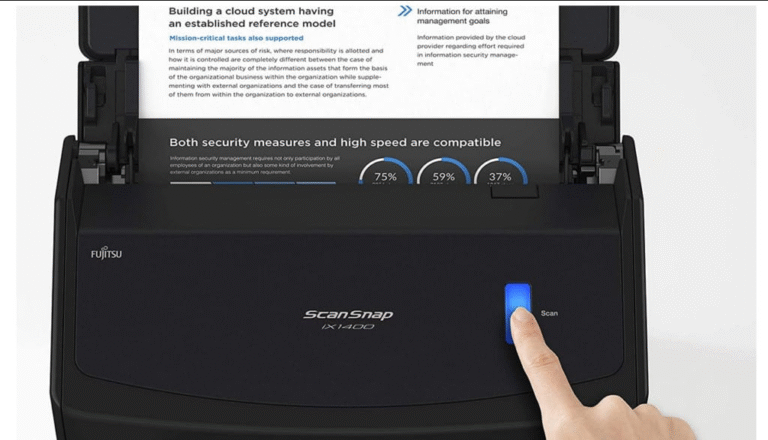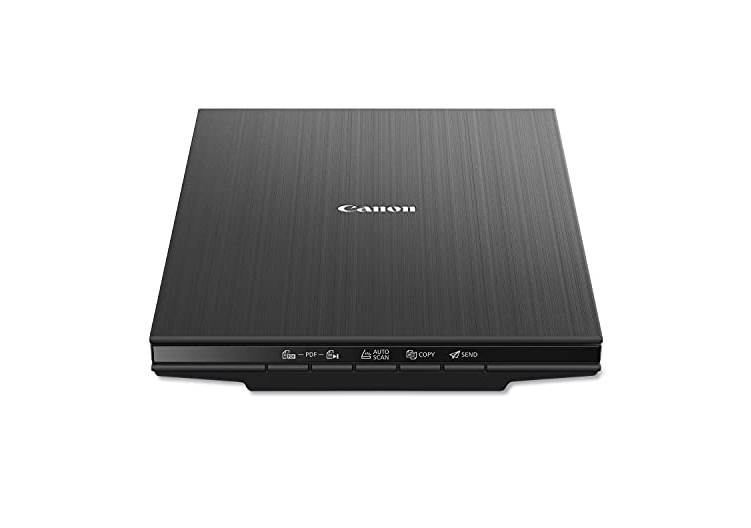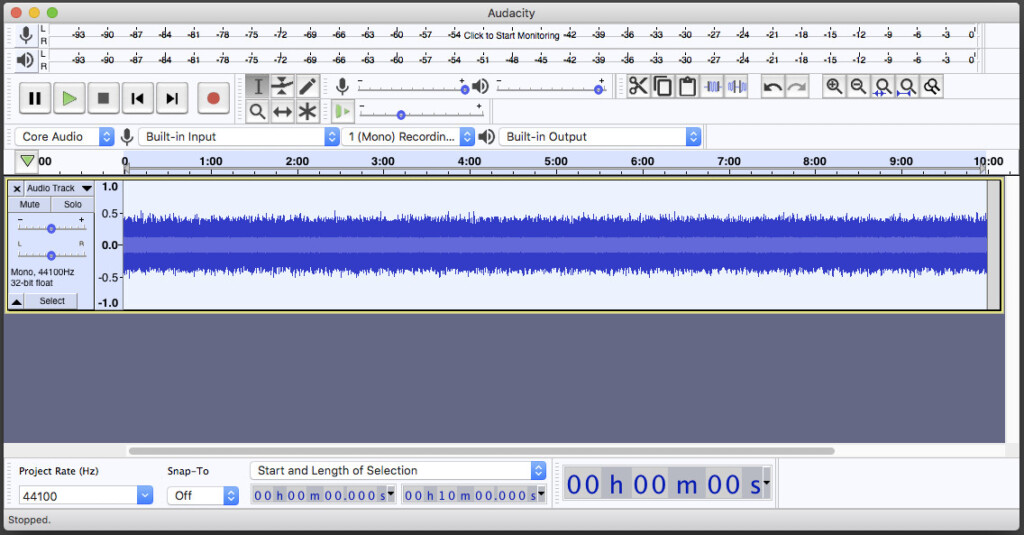
If you’re using a Mac to make music, having the right digital audio workstation (DAW) is essential. While gear like audio interfaces, MIDI keyboards, studio monitors, and microphones all play important roles, it’s the software that ties everything together.
A DAW allows you to record, edit, mix, and produce music at a professional level. To help you choose the best option for your needs, we’ve compiled a list of the top Mac-compatible DAWs in 2025—whether you’re just starting out or working in a professional studio.
Our selections include tools for every budget, and each one runs smoothly on both Intel and Apple Silicon Macs. After extensive research, we’ve found options suitable for everything from bedroom producers to live performance and commercial studio use.
Here are our top picks, listed in order of ranking.
1. Apple Logic Pro
Logic Pro is Apple’s flagship music production platform, designed for those who need more advanced tools than GarageBand offers. It integrates seamlessly with Final Cut Pro for video scoring and represents Apple’s software craftsmanship at its finest.Priced at a one-time fee of $199.99, Logic Pro offers a familiar interface for GarageBand users—but with vastly expanded capabilities. It supports up to 1,000 tracks per project and includes advanced tools like a Step Sequencer, Live Loops, and AI-assisted features such as Session Players (now including bass and keyboard), Stem Splitter, and ChromaGlow for adding warmth to mixes.

Fully optimized for Apple Silicon Macs, Logic Pro supports spatial audio mixing and offers professional-grade sound quality on any M-series Mac. The November 2024 update (v11.1) introduced plugin search, more analog synth samples, and the Quantec Room Simulator reverb emulation.
You can also use your iPad with the Logic Remote app or subscribe to Logic Pro for iPad ($4.99/month) for mobile music creation. A free trial is available.
Pricing: $199.99
Pros:
- Supports thousands of tracks
- Vast sound library and instruments
- Professional-grade editing & mixing
- Great live looping tools
- iPad version available
- Free updates
- Cons:Not all third-party plugins supported
- Steep learning curve
- High upfront cost
2. FL Studio
FL Studio has long been a favorite among electronic music producers thanks to its loop-based workflow. After a 20-year wait, it finally arrived on macOS and has quickly built a strong following.It comes with a wide range of built-in plugins, including synths, drum machines, and effects. Version 20.8.4 brought native Apple Silicon support, though some third-party plugins may not be fully compatible.
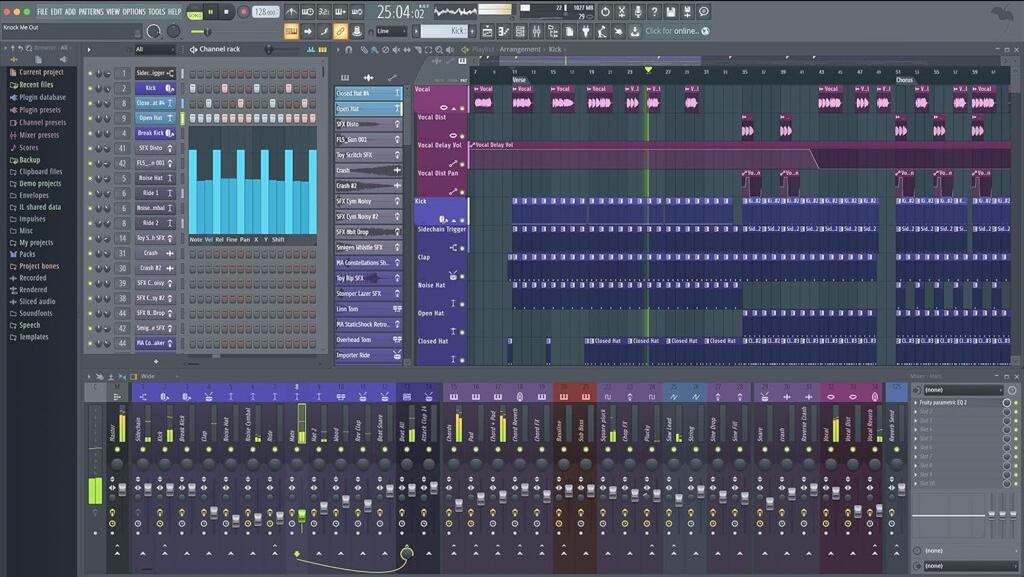
One of its best features is the lifetime free update policy—buy once, and all future versions are included.
Pricing: Starts at $99 (free version available)
Pros:
- Ideal for electronic music
- Great loop and pattern workflow
- Lifetime updates
- Native Apple Silicon support
- Cons:Many plugins sold separately
- Rewire not supported on Mac
3. Adobe Audition
Adobe Audition may not be the most advanced DAW, but it excels in audio repair and restoration, making it a top choice for podcasters, videographers, and beginners.Its standout feature is the ability to easily clean up audio—removing noise, reverb, and echoes with ease. It supports multi-track editing and integrates smoothly with other Adobe Creative Cloud apps like Premiere Pro.
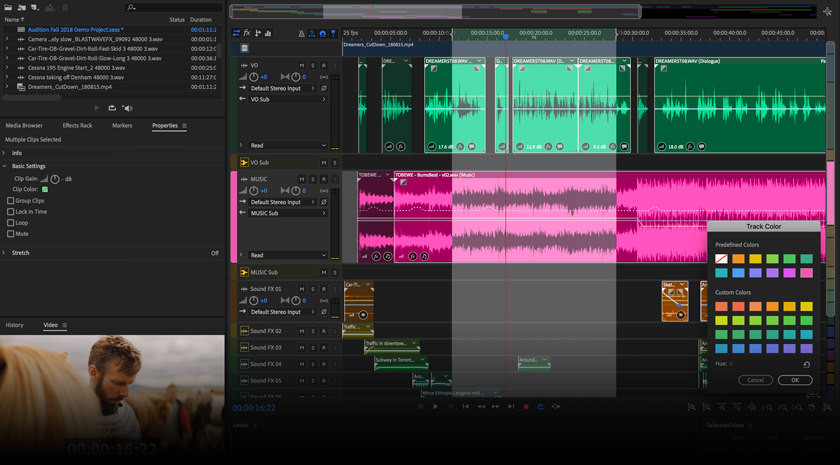
Note, however, that it does not support MIDI composition.
Pricing: $22.99/month or included in Creative Cloud
Pros:
- Easy to use
- Excellent audio restoration
- Creative Cloud integration
- Apple Silicon native
- Cons:No MIDI support
- Not suited for professional music production
4. GarageBand
GarageBand comes free with every Mac and offers a surprisingly powerful introduction to music production. It supports up to 256 tracks, works with MIDI devices, and includes professional artist packs and automated accompanists like Smart Drummer.While it lacks a traditional mixer view and advanced tools, it’s a great starting point for beginners and works flawlessly on Apple Silicon Macs.

Pricing: Free
Pros:
- Free and user-friendly
- Good selection of sounds and loops
- Includes music lessons
- Apple Silicon optimized
- Cons:Limited for professional use
- No pro-level mixing tools
5. Ableton Live
Ableton Live is a industry standard for live performance and electronic music production. Its unique Session View allows for improvisation and real-time arranging, making it a favorite among performers.It offers robust MIDI and audio editing, including comping and MPE support. Three versions are available to suit different needs and budgets.
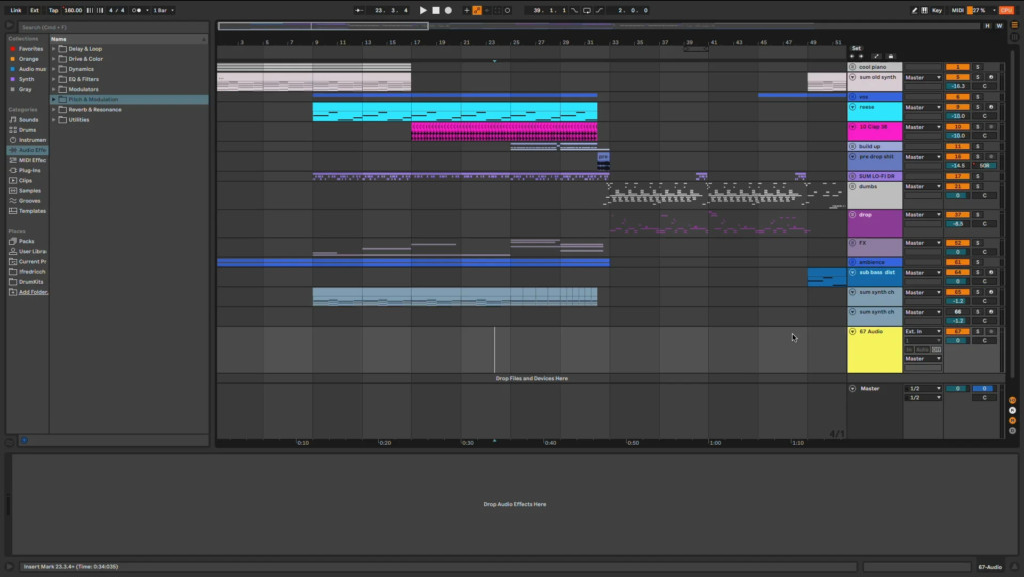
Pricing: Starts at $99
Pros:
- Unmatched for live use
- Powerful looping & improv tools
- Apple Silicon native
- Cons:Steep learning curve
6. Pro Tools
Pro Tools remains an industry staple, especially in professional recording studios. It’s fully optimized for Apple Silicon Macs and supports up to 2,048 audio tracks, with advanced mixing and editing capabilities.It now uses subscription-only pricing, starting at $99 per year.
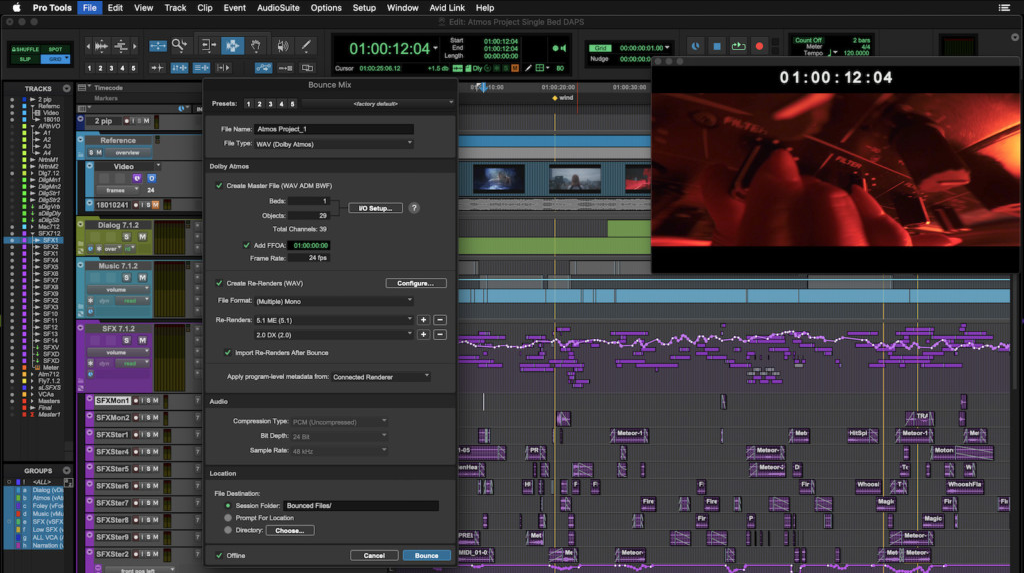
Pricing: From $99/year
Pros:
- Extremely powerful
- Excellent plugin support
- Industry-standard editing
- Cons:Subscription only
- Can be complex for beginners
7. Reason 13
Reason 13 offers a unique rack-based workflow and a rich library of instruments and effects. It’s available as a one-time purchase or subscription, with the latter including ongoing sound packs.Its interface is highly customizable, though it may be overwhelming for new users.
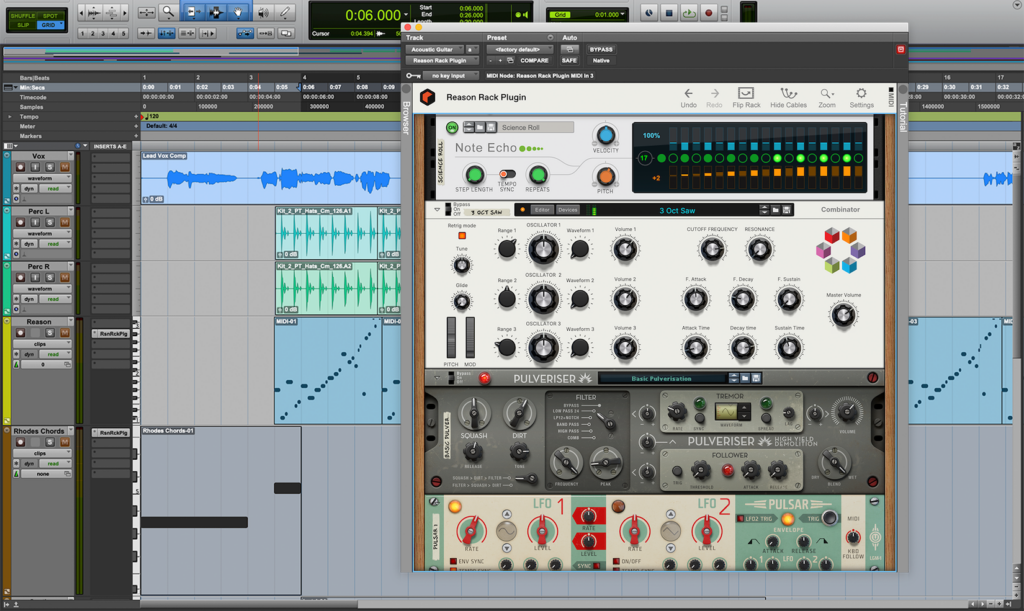
Pricing: $19.99/month or $499
Pros:
- Great sound library
- Flexible purchase options
- Strong community
- Cons:Complex interface
- No notation support
8. Audacity
Audacity is a free, open-source audio editor perfect for basic recording and editing. It supports multi-track editing and plugins, but its interface feels dated compared to commercial DAWs.

Pricing: Free
Pros:
- Free and open-source
- Lightweight and simple
- Good for quick edits
- Cons:Outdated UI
- No MIDI editing
9. PreSonus Studio One
Studio One offers a modern, intuitive interface and a powerful free version (Prime). Its drag-and-drop workflow, built-in effects, and MIDI support make it a great choice for songwriters and producers.
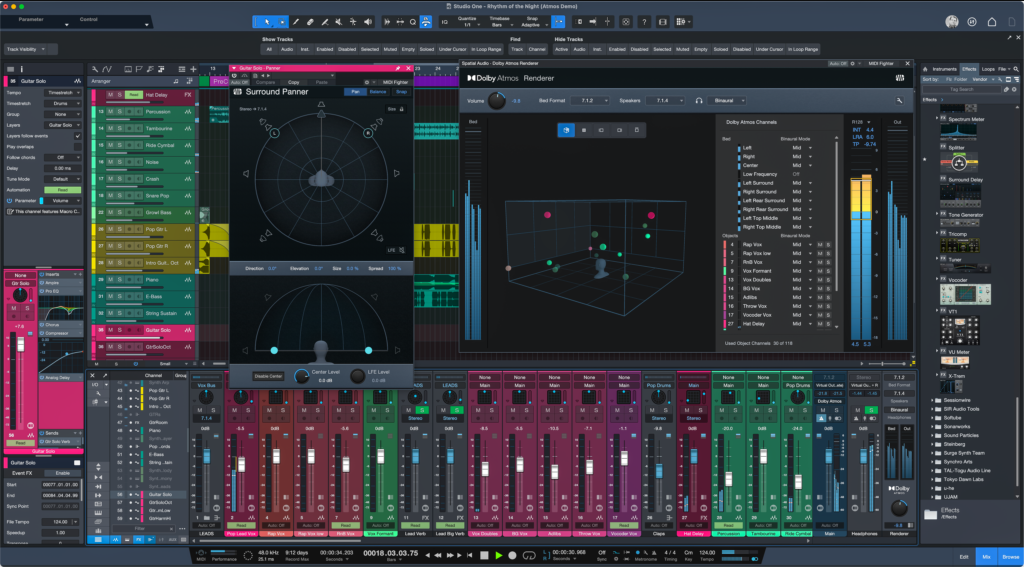
Pricing: Free to $399 (or subscription)
Pros:
- User-friendly
- Good value
- Strong MIDI editing
- Cons:Free version is limited
- Add-ons can be expensive
10. REAPER
REAPER is a lightweight, affordable, and highly customizable DAW favored by many home studio owners. It supports a vast range of plugins and formats and offers an unlimited-track workflow.
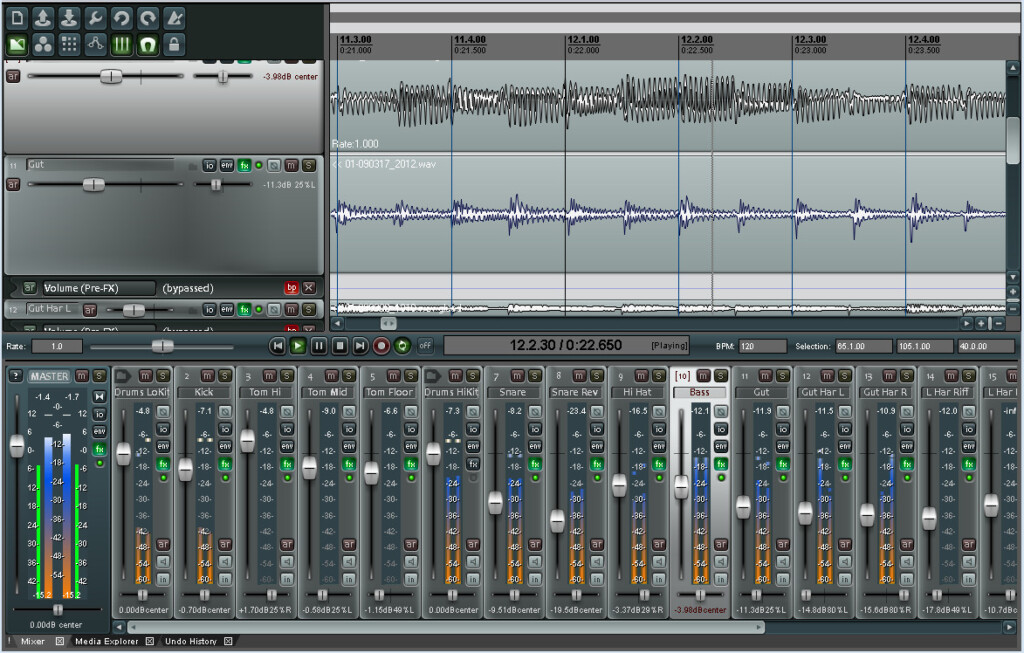
Pricing: $60 for personal use
Pros:
- Inexpensive
- Highly customizable
- Very efficient
- Cons:Requires configuration
- Basic stock plugins
Other Tools to Consider
- RipX DAW: Uses AI to separate stems—great for remixing and sampling.
- External Monitor: Helpful for expanding your workspace. Check our guide to the best monitors for Mac.
- External Storage: Essential for storing large projects. Thunderbolt drives are recommended for best performance.
Final Notes
The best DAW depends on your workflow, genre, and experience level. Many offer free trials—so test a few to see what fits your style. Happy producing!

